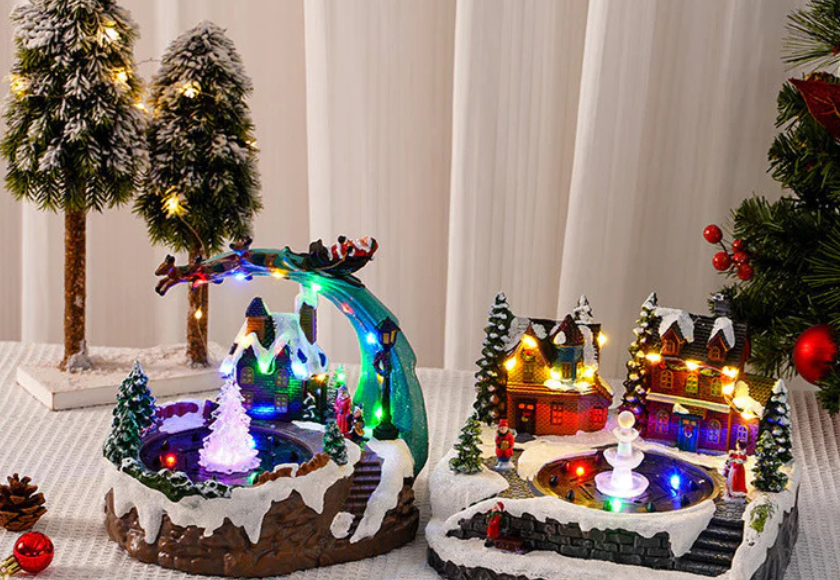Those who like designing and creating jewelry should be aware of the working dynamics of the jewelry manufacturers in USA production process. This information will enable you to estimate the possible time and financial commitment required in creating exquisite jewelry.
Table of Contents
The Creative Process of Handmade Jewelry Designers
Designing
Before any production can take place, jewelry has to be first developed; each item must be painstakingly considered with many trial and errors. Wearable, so jewelry is comfortable, light, elegant, and strong to resist typical wear and tear. Like anything else, even jewelry begins with an idea. A window at the Palace of Mirrors in Jaipur or a print seen on a child’s water bottle may inspire a jewelry item. Anything could inspire our designers just enough. These concepts then are turned into a design fit for jewelry that appears elegant complimenting its use. As a KPP you have to be able to sell a design to the correct buyer. Regarding a design adaptable wearability, many jewelry may be worn from the day to the night and with varied combinations.
Computer Helped Design
Once this concept is sketched on paper, our top designers review it under a number of criteria. Approved after a thorough study, this 2D drawing is subsequently converted into a 3-dimensional picture using Computer Aided Design methods. The CAD program helps the designers to translate their thoughts into designs and provide understanding of the appearance of the jewelry item. Every component of the finished jewelry item is completely and thoroughly seen in this 3D picture. The creative team moves the designs to the domain of the production manager after it accepts them depending on design aesthetics.
Then models the jewelry and determines if that specific design can be created defect-free. The designs must be sensible for production. Should the production team approve, the design becomes accessible to every one of our clients. Usually utilized as a master sample, an RPT (Rapid ProtoType) is created by the production team during the prototype stage. Made in minutes, RPTs are created utilizing the same technology as a 3D printer, therefore lowering the design’s time scale and hence the production process’s duration. A liquid resin dye produced from this RPT may then be utilized to create the jewelry.
Lost Wax Casting/Casting Rate
Many of the jewelry marketed professionally and on a mass basis nowadays are created using this technique. Mass manufacturing allows both economies of scale and production flexibility as both simple and sophisticated designs may be readily duplicated. First created to copy the ideal jewelry item is a rubber mould. The artist must shape this rubber for the jewelry item to come out absolutely correct. Liquid hot wax is pumped into the rubber mould after the mould has been commissioned. Once cold and solidified, this wax left behind a completely wax jewelry item. Many components may be duplicated from one rubber mould.
This is the casting process, in which any rough edges are removed and the jewelry comes alive by brushing and buffing. It is then given to the setters, the person who “sets” the stones on jewelry, to put in the gems thus providing your jewelry item the necessary lift. We go into great detail on the setup procedure throughout the following several chapters. Knowing the design and manufacturing techniques of jewelry helps you to have an advantage in terms of technical aspects of what your client is seeking for as you will be able to satisfy their requirements. Your understanding of the design and production techniques will enable you to drive a sale using the advantages of every gem feature. Shanks and heads are being cast separately more and more as they may then be combined to create one last piece of jewelry with strength and durability that accentuates the design.
Handcrafted Jewellery
Selected workshops all throughout the globe still carry out this work using hand tools to shape and craft each stroke on the metal giving the product so much more character. Every one of these separate components is then welded together to create the finished form. Some designs ask for jewelry soldered together to be set in black waxy substance known as “moum,” which helps preserve the form so as to produce a precisely symmetrical item. Plaster of Paris is laid on top once in the moum. After that, the soldering is done worry-free in perfect symmetry.
Ultrasonic Cleansing
The ultrasonic waves may be employed only with water, but the kind of soiling present and the choice of a solvent suitable for the object to be cleaned improve the results. Hand-made jewelry displays the talent of the “karigar” and offers them the flexibility to make modifications depending on the result of the design or the more difficult to deal with changes in size etc. Handmade jewelry also charges more since each item requires great talent and always has little variations between each other.
Die Strong
One way to create jewelry is by striking a precious metal sheet with a steel die, therefore shaping it. Comprising two basic components—the punch and the mould—this is ideal for daily use lightweight jewelry. Because this technique compresses the metal, strengthening it, the resulting jewelry is also much more durable. Prongs need durability; hence this approach is appropriate for them. The die is then punched out from a sheet of the metal. They might be findings of the jewelry item that has to be soldered together or charms. Since these jewels usually take on the finish of the die itself, they also need less polishing. Jewellery created with this technique is very wearable.
Conclusion
The jewelry manufacturers in USA process follows the designing process starting with lost wax casting or casting technique. This is the casting process, in which any rough edges are removed and the jewelry comes alive by brushing and polishing. It is then given to the setters, the person who “sets” the stones on jewelry, to put in the gems thus providing your jewelry item the required lift.







Leave a Reply